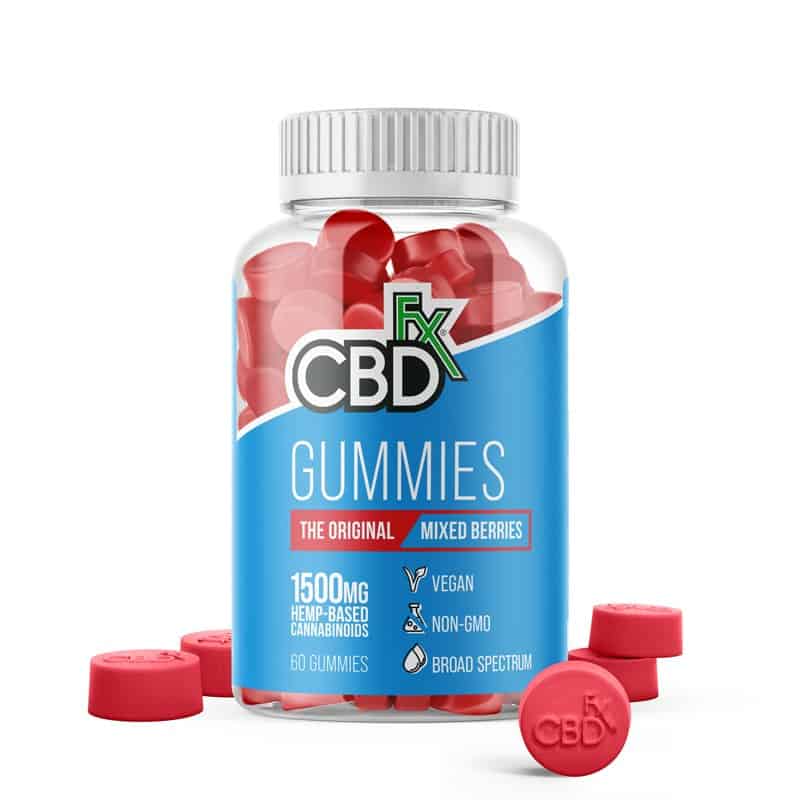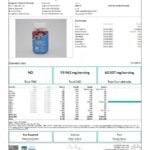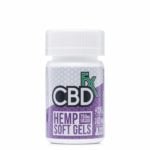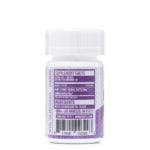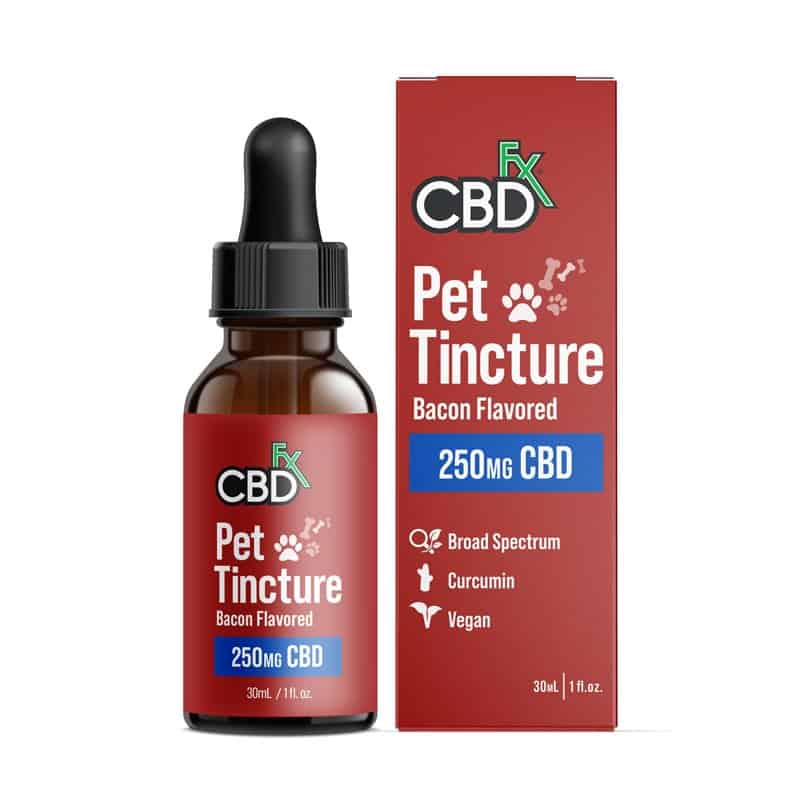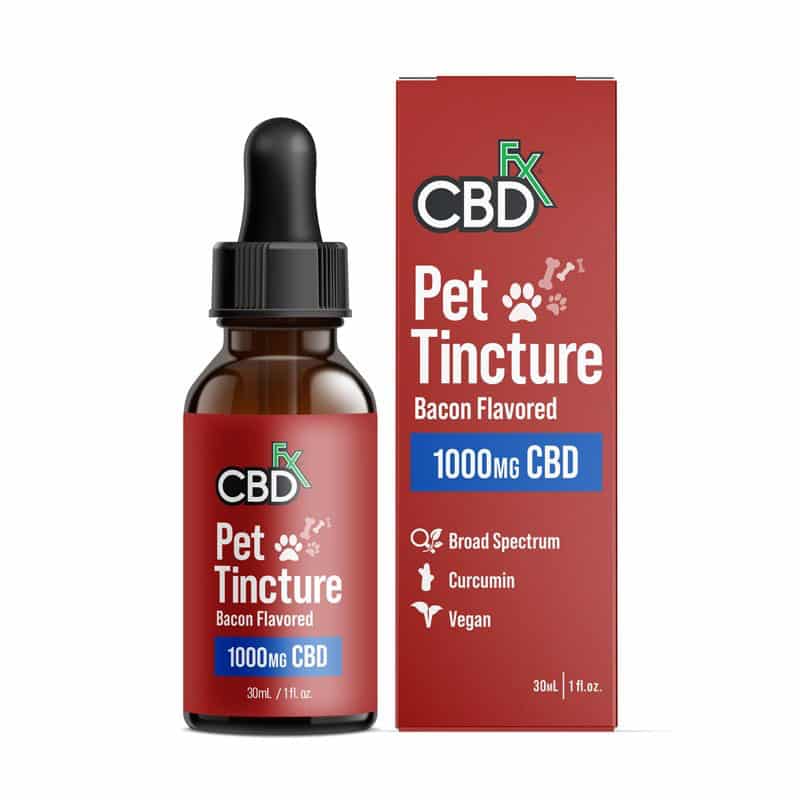
Decarbing Weed: A Comprehensive Guide to Activating Cannabis Potential
Decarboxylation, also known as decarbing weed, is a fundamental process in the world of cannabis. It involves transforming non-psychoactive compounds found in raw cannabis, such as THCA (tetrahydrocannabinolic acid) and CBDA (cannabidiolic acid), into their psychoactive and medicinal forms, THC (delta-9-tetrahydrocannabinol) and CBD (cannabidiol). This conversion is crucial because raw cannabis contains mostly non-psychoactive compounds, and decarboxylation unlocks the full potential of this versatile plant. In this comprehensive guide, we will delve into the science behind decarbing weed, the methods to achieve it, and its significance in maximizing the benefits of cannabis consumption.
This post is intended as information and for general knowledge only. It is not a substitute for medical advice, diagnosis, or treatment. It is recommended that you talk to a healthcare professional about this before introducing cannabinoids into your daily routine (especially if you have been diagnosed with any medical conditions or are under any medication). It is not recommended to drive or operate any machinery when using cannabis- or hemp-derived products. Use responsibly!
What is Decarboxylation
Decarboxylation is the chemical reaction that occurs when raw cannabis is exposed to heat, prompting the transformation of cannabinoid acids (THCA and CBDA) into their active counterparts (THC and CBD). This process is essential because raw cannabis contains a minimal amount of active THC and CBD, making it non-psychoactive and less potent. By decarboxylating the cannabis, we activate the psychoactive and medicinal properties of the plant, resulting in what is commonly known as “decarbed cannabis.”
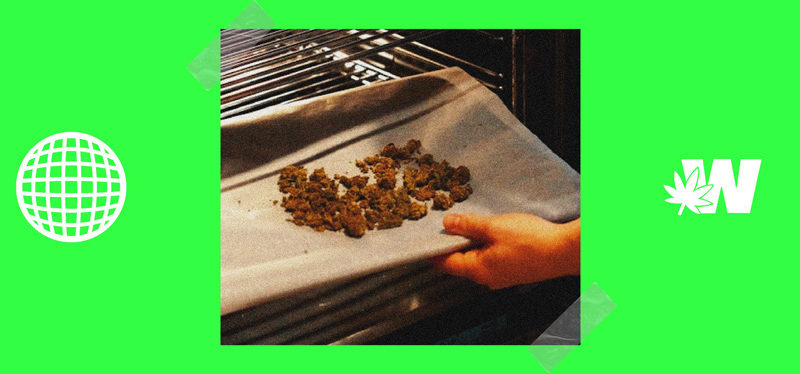
The science behind decarbing weed involves the removal of a carboxyl group (COOH) from the cannabinoid acid molecules. This process typically requires heat at specific temperatures to break the bond between the carboxyl group and the cannabinoids, converting them into their active forms. When decarboxylated, THC becomes active and responsible for the euphoric and psychoactive effects associated with cannabis consumption. Similarly, CBD becomes active, offering potential health benefits such as anti-inflammatory and analgesic properties.
Why Decarb Weed?
Decarboxylation is essential for experiencing the full range of therapeutic effects and psychoactive benefits of cannabis. Raw cannabis contains mostly THCA and CBDA, which do not produce the desired effects sought by recreational and medicinal users. By decarbing weed, we transform these non-psychoactive compounds into their active THC and CBD forms, enabling users to unlock the plant’s true potential.
Decarbed weed is especially crucial for cooking and preparing various cannabis-infused products, such as edibles, oils, and tinctures. When cannabis is properly decarboxylated, it becomes a versatile ingredient that can be incorporated into a wide range of recipes, offering a unique and enjoyable way to consume cannabis. The activated THC provides a more pronounced and euphoric experience, while CBD offers potential therapeutic benefits.
There are common misconceptions surrounding decarboxylation, such as assuming that simply drying or aging cannabis is sufficient to activate the cannabinoids. However, this is not the case. The decarbing process is necessary to convert THCA and CBDA into their active counterparts fully.
Decarboxylation Method
There are several methods to decarboxylate cannabis, each with its advantages and considerations.
Oven Decarboxylation
One of the most common methods involves using a conventional oven and a mason jar or an oven-safe dish. The decarbing process is relatively straightforward. Simply preheat the oven to the recommended temperature (typically between 200°F to 250°F or 93°C to 121°C) and spread the ground cannabis or cannabis buds evenly on a baking sheet or in a mason jar. Bake the cannabis for the specified time, ensuring that it does not over-decarboxylate or burn.Oven decarboxylation provides an accessible and cost-effective way to activate cannabis. However, it requires monitoring to achieve the desired level of decarboxylation while preserving the delicate terpenes.
Sous-Vide Decarboxylation
The sous-vide method offers precise temperature control during the decarboxylation process. It involves placing ground cannabis in a vacuum-sealed bag and immersing it in water at the desired temperature for a specified time. Sous-vide decarboxylation provides a consistent and controlled environment, minimizing the risk of over-decarboxylation and preserving valuable terpenes.
Sous-vide decarboxylation is an excellent option for those seeking accuracy and consistency. However, it requires the use of specialized equipment, such as a sous-vide precision cooker and vacuum-sealed bags.
Decarboxylation with a Decarboxylator
Decarboxylation devices like the Ardent Nova are specifically designed for activating cannabis with ease and precision. These devices take the guesswork out of the process by providing pre-set temperature and time settings, ensuring optimal decarboxylation results.
Using a decarboxylator is a convenient method, particularly for those who prefer a hands-off approach. These devices are user-friendly and ideal for consistent and efficient decarboxylation.
Decarbing Different Types of Cannabis Products
The decarboxylation process can be adapted for various cannabis products, including flower buds, kief, hash, and concentrates. Each product may require slight adjustments in temperature and time due to differences in potency and moisture content.
Decarbing Flower Buds
When decarboxylating cannabis flower buds, it is crucial to use high-quality buds for the best results. The quality of the starting material affects the overall potency and flavor of the decarbed weed. Selecting strains with desirable cannabinoid and terpene profiles can enhance the overall experience.
Fresh buds may require longer decarboxylation times due to their higher moisture content, while cured buds may exhibit slightly different flavor profiles after the decarbing process. Experimenting with different temperatures and times can help find the optimal settings for specific strains.
Decarbing Kief and Hash
Kief and hash are concentrated forms of cannabis and, therefore, more potent than flower buds. The decarboxylation process for kief and hash may require shorter times due to their concentrated nature.Decarbed kief and hash can be utilized in various applications. They can be infused into oils or butter to boost the THC or CBD content in edibles or concentrates. These potent forms of decarbed cannabis offer exciting possibilities for users seeking a more intense cannabis experience.
Decarbing Cannabis Concentrates
Cannabis concentrates like shatter, wax, and oils are typically derived from decarbed cannabis material. However, they may still contain someresidual THCA or CBDA. Decarbing concentrates is essential to achieve complete activation of cannabinoids, ensuring that the product delivers its full potential.Decarbed concentrates can be infused into oils or butter to create edibles or topicals. They can also be dissolved in alcohol to make tinctures, providing users with versatile ways to consume cannabis.
Storing Decarbed Weedcannabis
Properly storing decarbed cannabis is crucial to maintaining its potency and flavor over time. To prevent oxidation and preserve the cannabinoids and terpenes, it is essential to store decarbed weed in airtight containers. Using dark or opaque containers protects the cannabinoids from light degradation.Glass jars with tight-fitting lids are recommended for storing decarbed weed. It’s best to store the containers in a cool, dark, and dry place, away from direct sunlight and heat sources. Proper labeling, including strain name, decarbing date, and potency level, ensures easy identification and organization of different types of decarbed weed.
Conclusion
Decarbing weed is a vital process for unlocking the full potential of cannabis. By converting non-psychoactive cannabinoid acids into their active counterparts, THC and CBD, decarboxylation enables users to experience the psychoactive and medicinal effects of cannabis. Whether decarbing flower buds, kief, hash, or concentrates, each method offers unique benefits and considerations. Properly storing decarbed cannabis ensures that its potency and flavor remain intact over time.
As cannabis continues to gain recognition for its therapeutic properties and recreational appeal, understanding the science and art of decarbing weed empowers users to create a diverse range of cannabis-infused products. Responsible consumption and compliance with local laws and regulations are essential when incorporating decarbed weed into daily life. With this comprehensive guide, readers can confidently embark on their journey of exploring the vast potential of decarbed cannabis.
Also Interesting:








